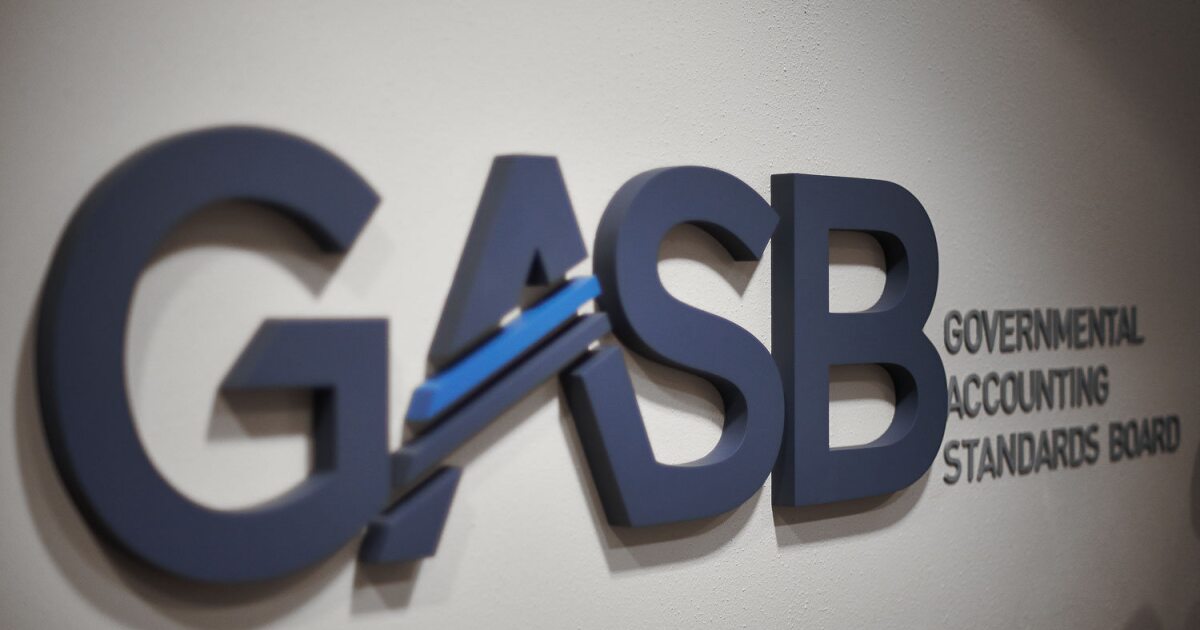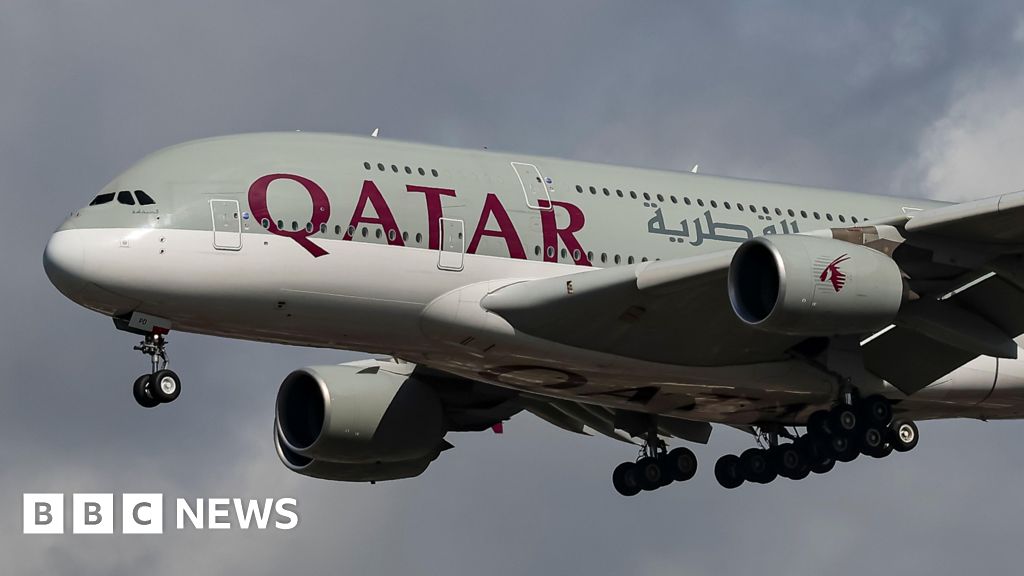New Starbucks CEO, Laxman Narasimhan plans to work a half shift once a month as a barista at a … [+]
Copyright 2022 The Associated Press. All rights reserved.
There is a gap between the C-Suite and reality. Many leaders make decisions from their office, mistakenly believing that they understand what their company’s customers want and expect. One way to close that gap is to leave the C-Suite and take a trip to the front line. And not just once, but on a regular basis.
More than 30 years ago, I wrote my first book, Moments of Magic: Be a Star With Your Customers and Keep Them Forever. There is a chapter in the book titled Understand Your Customer. In this chapter, I shared an example from Anheuser-Busch. Back then, the world’s largest brewer had a program called “All Aboard,” in which executives went out with delivery drivers and salespeople to restaurants, taverns, liquor stores, grocery stores and anywhere else that sold beer. The goal was to hear firsthand from their customers. This put the executives in touch with reality and helped them make better customer-focused decisions.
In my most recent book, I’ll Be Back: How to Get Customers to Come Back Again and Again, I included a similar story. It was back in November 1989 when Microsoft co-founder Bill Gates, already a billionaire, was touring the product support department’s new building. Gates asked a manager, “Do you mind if I take a customer call?” According to the story, he took the phone and answered, “Hello, this is Microsoft Product Support, William speaking. How may I help you?” Of course, the call went well. So well, in fact, that the customer called back and specifically asked for “the nice man named William who straightened it (her problem) all out.”
When was the last time you heard of a billionaire CEO taking customer support calls? When have you heard of the CEO of any large company spending time on the phones in a contact center or venturing out of the office to work on the front line? That’s the reason I love the concept behind the reality TV show Undercover Boss. The CEO or president of a company does exactly what the executives at Anheuser-Busch and Bill Gates did. They just do it covertly, and it’s amazing what they learn.
Recently, I read an article in RetailWire about the new Starbucks CEO, Laxman Narasimhan, who plans to work a half shift once a month as a barista at a Starbucks café. His goal is to “promote a better connection and engagement between leadership and workers.” He wrote a letter to employees that characterized the “health” of the company as needing to be stronger despite the brand’s already strong performance.
That’s a wonderful example of a modern leader taking the time to understand what’s happening on the front line, not just with customers, but also with employees. My only suggestion is that he require his fellow C-suite leaders and VPs to do the same. Imagine how powerful a monthly meeting to compare notes from fellow executives spending time on the front lines could be!
Mark Ryski, founder and CEO of HeadCount Corporation, commented on the RetailWire article. He said, “This must be more than for ‘show’—Mr. Narasimhan sends a strong message that frontline workers and their work are important, but now he needs to live up to that commitment. Having executives get first-hand experience by working a shift is not new, but it never goes out of style. All executives should commit to spending some time working the front lines so that they can truly understand the employees’ and customers’ experience.”
So, when I’m suggesting the C-suite get out of the C-suite, it’s not to fire or replace them. It’s to get them out of their offices to move around and get to know what’s really going on with the company. If you care about your customers and employees—and I know you do—then get out of the C-suite!
Credit: Source link











